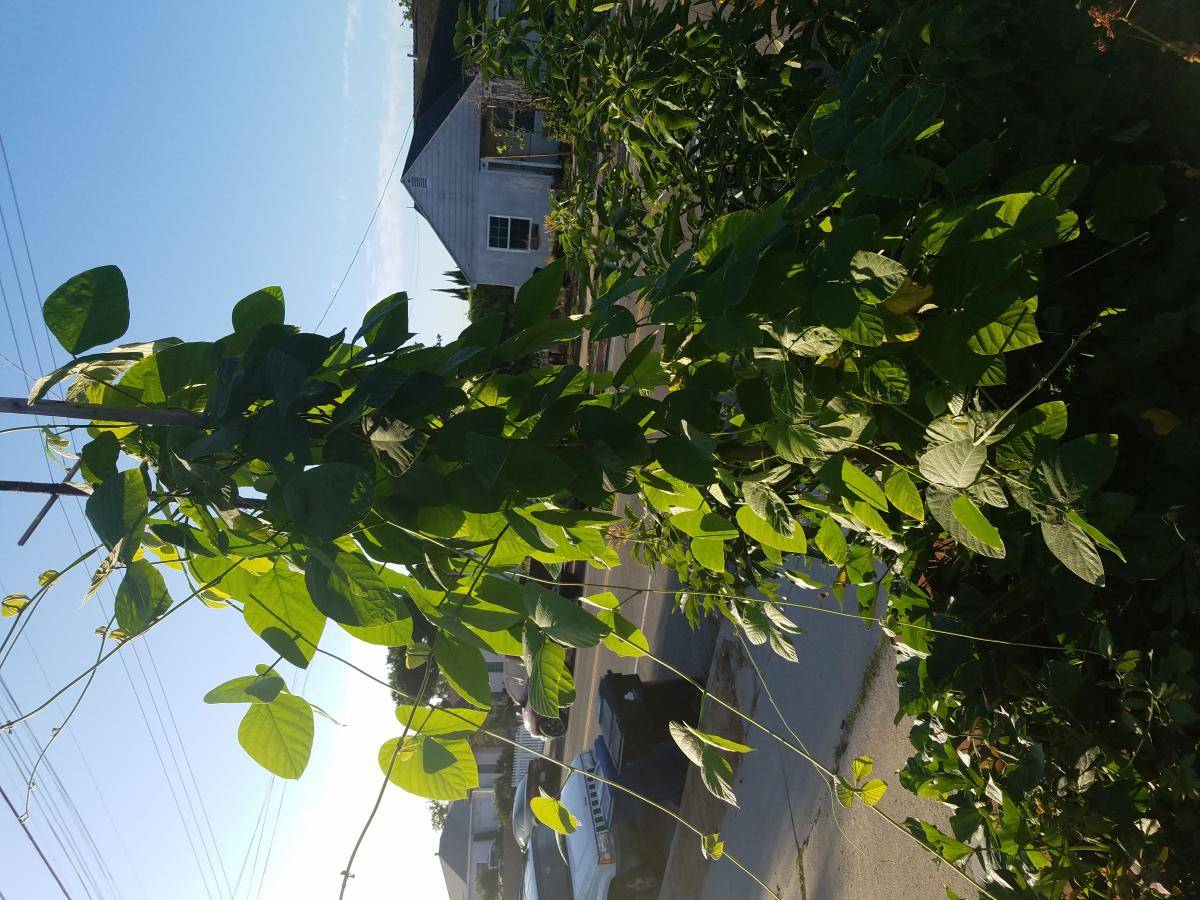I recently got some seeds of Mucuna Pruriens. They were hard to find and I had to order them from halfway around the world. For anyone who doesn't know. Mucuna P. is a medicinal bean that produces L-Dopa and some other hormonal boosting compounds. It grows wild in places like India and Jamaica and has irritating hairs on the beans that are sometimes used as itching powder for playing practical jokes hence the name Cowitch.
This plant has been in the ground since May. It's growing happy, but still no flowers or beans. I'm in the Los Angeles area, so we won't get frost, but I'm wondering if there's anything I don't know that I should?
Any help or advice would be much appreciated!

This plant has been in the ground since May. It's growing happy, but still no flowers or beans. I'm in the Los Angeles area, so we won't get frost, but I'm wondering if there's anything I don't know that I should?
Any help or advice would be much appreciated!


